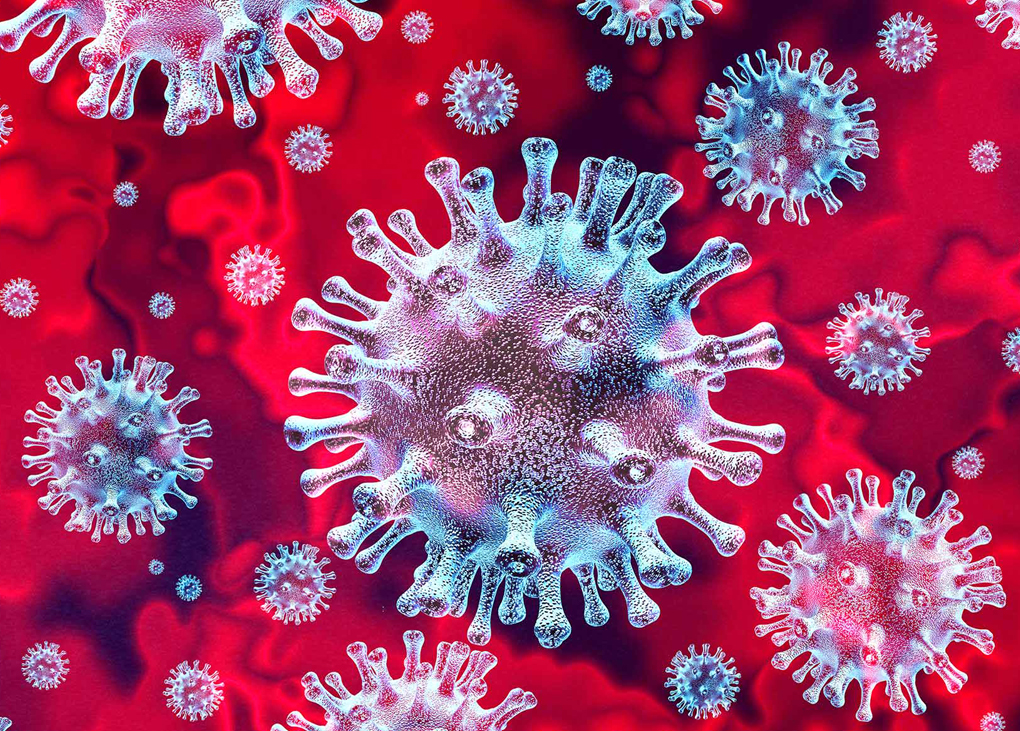The results are in from a survey exploring the impact of the COVID-19 pandemic on US HVAC&R professionals.
The survey was conducted by the American Society of Heating, Refrigerating and Air-Conditioning Engineers (ASHRAE). About 3,000 of its members replied to “ASHRAE’s Survey of the Impact of COVID-19 on Members Professionally and Their Businesses”, which explored how the pandemic has affected professional lives and businesses.
Surprisingly, according to the survey, 40 per cent of the respondents’ workload has stayed the same; 19 per cent said their workload increased, and 36 per cent said their workload had decreased. Only a relatively small amount – 4 per cent – were furloughed (given a leave of absence), lost their job, or their offices closed because of the pandemic.
“The HVAC&R industry has been challenged during the COVID-19 pandemic, and these challenges are expected to persist after the pandemic recedes,” ASHRAE says. “A major challenge is the uncertainty about when and how the economy will rebound, according to the survey.”
What will be the US HVAC&R industry’s biggest challenges once the pandemic recedes? More than 60 per cent said the uncertainty in the economy, with 36 per cent saying increased expectations for personal protection equipment and other safety and hygiene practices. Another concern was the impact of domestic and international travel on individuals and equipment.
When asked about their expected professional challenges after the pandemic, the leading concerns were feeling safe in public settings and restarting businesses and winning new projects.
 Matt Dillon
Matt Dillon


Leave a Reply